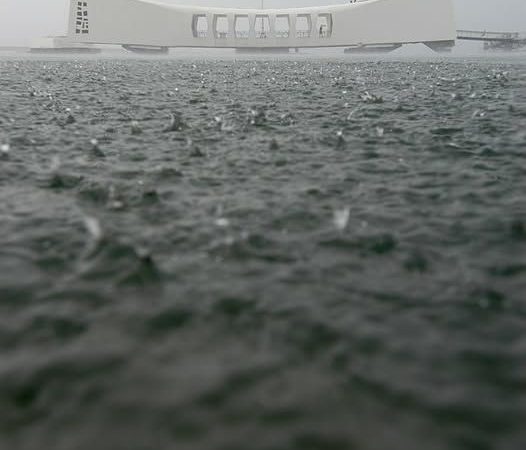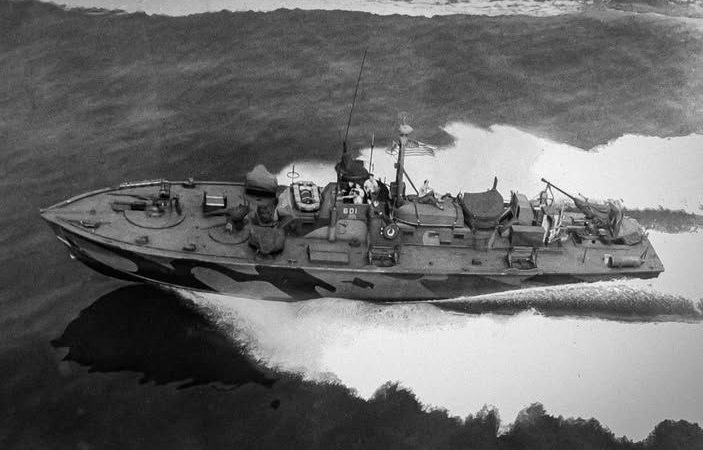HMS Jupiter (F60): The Leander Class Frigate’s Exocet Missile Launch in the 1980s
The HMS Jupiter (F60) is a notable example of the Leander class general-purpose frigates that served the Royal Navy (RN) from the late 1960s until the early 1990s. Launched in the late 1960s, Jupiter was commissioned into service in 1969 and played a significant role in various operations during her active years.
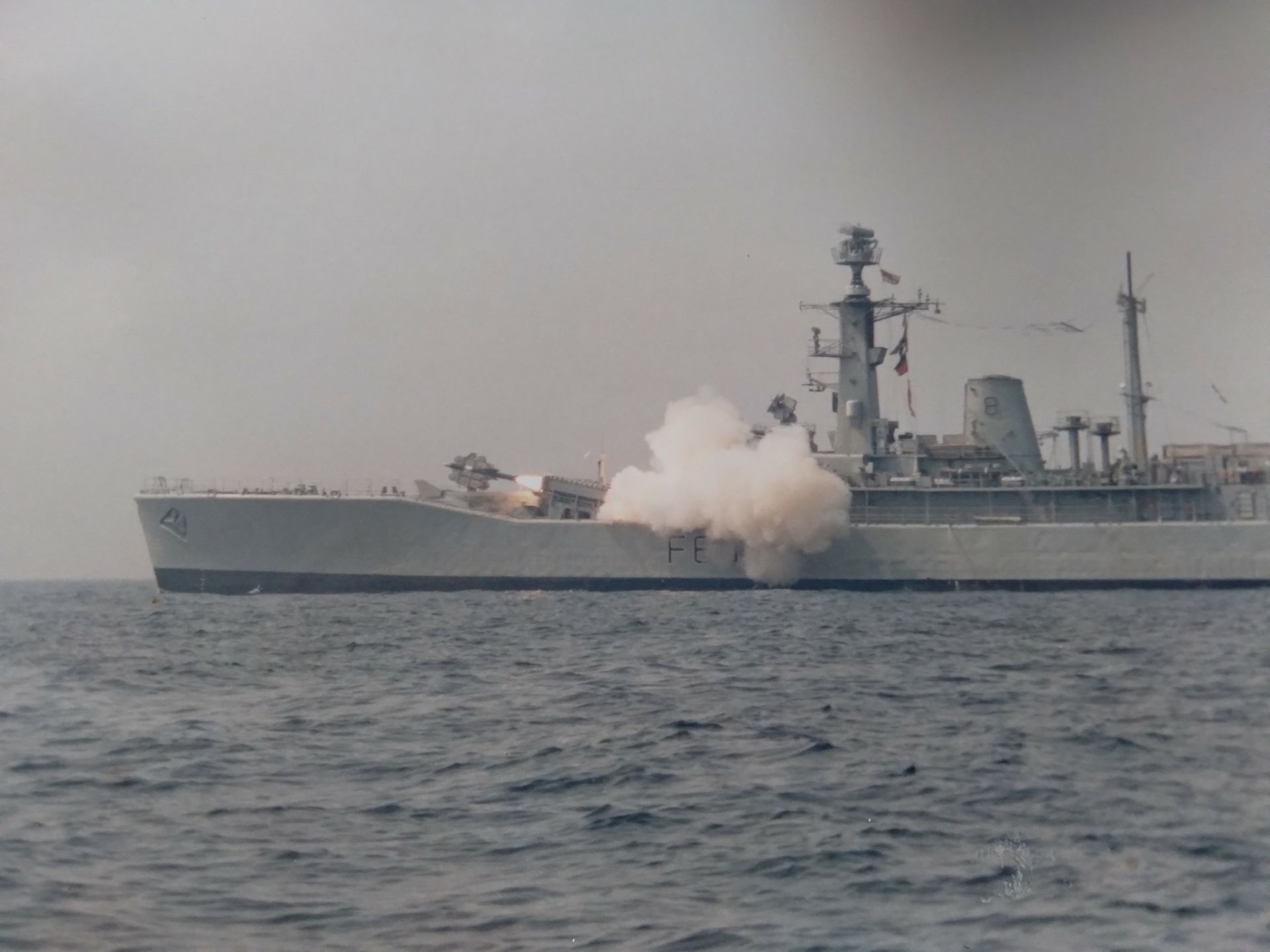
In the 1980s, the HMS Jupiter underwent a substantial modernization process, which lasted from 1980 to 1983. This upgrade came at a staggering cost of £70 million—equivalent to approximately £369 million today. One of the most significant enhancements during this modernization was the installation of the Exocet surface-to-surface missile (SSM) system, which significantly boosted the frigate’s offensive capabilities. The Exocet missile, known for its effectiveness in naval engagements, allowed Jupiter to engage surface targets with increased precision and lethality.
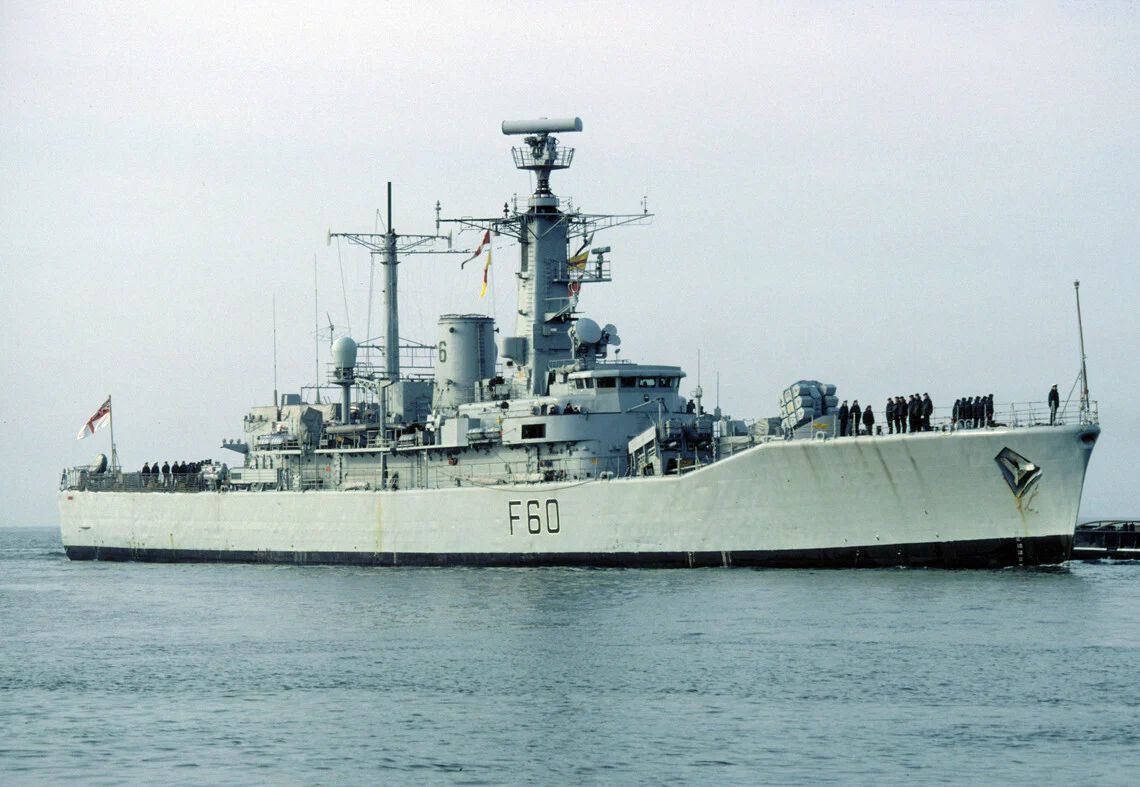
Alongside the Exocet SSM, the modernization program also included the installation of the Seawolf surface-to-air missile (SAM) system. This upgrade not only enhanced Jupiter’s anti-surface capabilities but also fortified her defense against aerial threats, making her a more versatile and formidable vessel in the Royal Navy’s fleet.

Jupiter’s service continued until 1992, during which she participated in various exercises and operations that showcased her enhanced capabilities. Her legacy, marked by her modernization and the successful launch of Exocet missiles, remains a significant chapter in the history of the Royal Navy and the Leander class frigates.
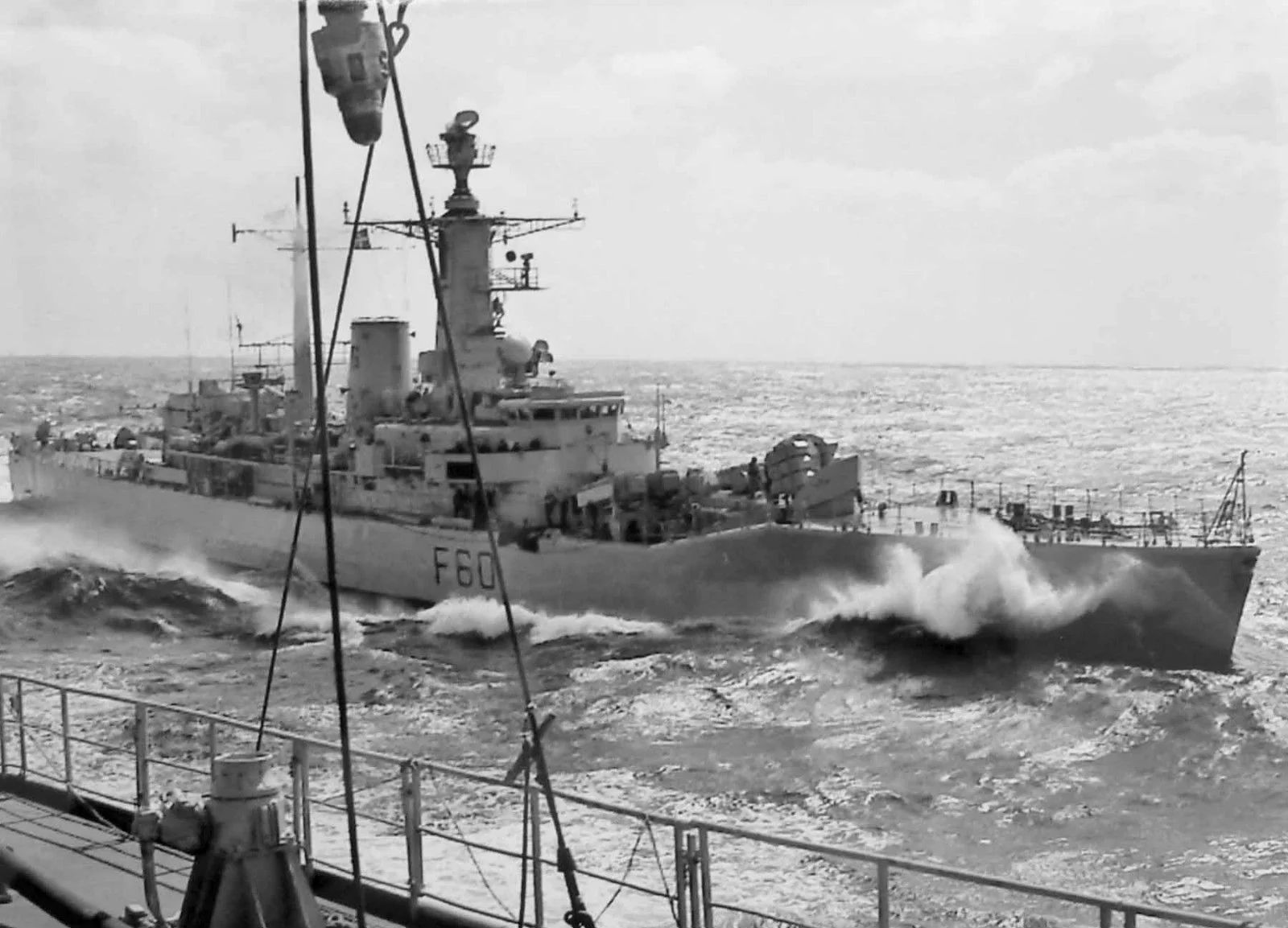
Today, HMS Jupiter stands as a testament to the evolution of naval warfare during the latter half of the 20th century, reflecting the technological advancements and strategic shifts that characterized this era.

